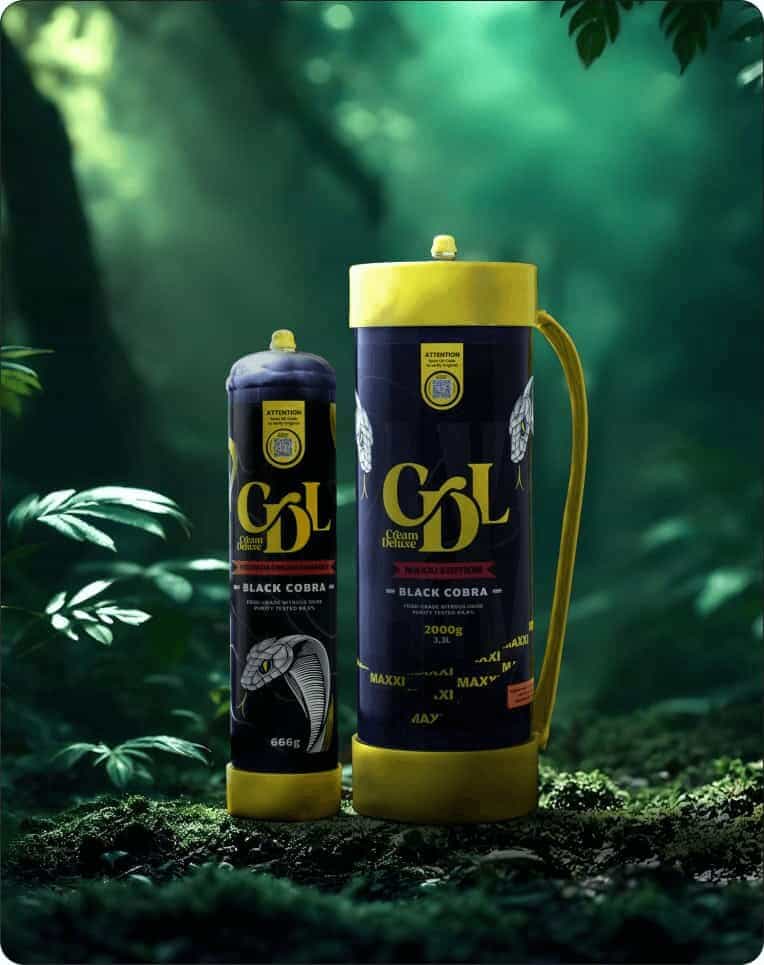powered by PiQR.io
How to Choose the Best Whipped Cream Charger? 5 Key Factors to Avoid Pitfalls
In March 2025, the ceasefire negotiations between the U.S. and Russia in Saudi Arabia drew global attention. Trump’s team proposed a “30-day temporary agreement” to reshape the Russia-Ukraine situation, while Putin insisted on “eliminating the root causes of the crisis.” This diplomatic chess game reveals a fundamental truth: every choice is ultimately a balance between safety, efficiency, and adaptability.Just as Western pastry chefs emphasized at the 2025 new product launch: when your whipped cream charger suddenly depressurizes in a 32°C kitchen, or mixed gas cartridges ruin the perfect cream topping, the frustration in that moment is no less than a strategic miscalculation at the negotiating table.
However, by focusing on material quality, airtightness, and user experience when making a purchase, you can significantly reduce these risks.
Now, let’s break down these key factors to help you avoid common pitfalls.
1. Material Safety: 304 Stainless Steel ≠ Food-Grade, Details Matter for Health
Scenario: If an aluminum dispenser is mistakenly used for whipping acidic cream, black spots may appear inside after three months. Testing could reveal aluminum ion migration exceeding the limit by three times.

✅ Key Standards:
- Food-contact certification: Choose FDA/EC 1935/2004-certified 304 stainless steel dispensers (such as Cream Buffet and iSi) for acid and corrosion resistance, ensuring safe contact with cream.
- Beware of “fake 304”: Use a magnet test—genuine 304 stainless steel is non-magnetic, while counterfeit versions contain iron and will be attracted.
- Aluminum dispensers are only suitable for short-term, non-acidic use (such as whipping pure dairy cream for single use). For long-term use, stainless steel is recommended.
2. Airtightness: A Leakage Rate of 0.01MPa/24h Can Cost You More in the Long Run
Testing methods:
- Check certification: The EU EN286-1 standard requires a leakage rate of less than 0.01MPa/24h (for commercial-grade models, it should be less than 0.005MPa).
- Seal material: Medical-grade silicone (-40°C to 230°C) is superior to nitrile rubber (which is only suitable for room temperature). Press to test—slow rebound indicates aging.
- Filling test: After charging the dispenser, invert it in water for 5 seconds. If no bubbles appear, it meets the standard.
3. Capacity Matching: 600ml for Home Use, 1L+ for Commercial Use, Beware of “False Capacity” Claims
Usage comparison:
| Scenario | Recommended Capacity | Cost Per Use | Refill Frequency |
| Home baking (2x/week) | 600ml | $0.8 per serving | Once a month |
| Coffee shop (50 cups/day) | 1.2L | $0.5 per serving | Twice a day |
Pitfall alert: Some low-cost dispensers claim an “800ml” capacity, but due to internal structures taking up space, the actual usable volume may be only 650ml.
4. Gas Cartridge Compatibility: N2O/CO₂ Compatibility ≠ Using Them Interchangeably
Technical insight:
- N2O (nitrous oxide) expands three times more than CO₂, making it ideal for whipped cream.
- CO₂ is better suited for carbonated drinks.
Buying guide:
- A truly compatible dispenser should be labeled “Dual Gas Valve” and include pressure compatibility guidelines for both gases (such as the KitchenAid Pro Series).
- Avoid uncertified brands: Tests on a 1688 marketplace dispenser showed unstable pressure with CO₂, causing a 30% failure rate (cream became watery).
- For commercial use, opt for N2O-specific dispensers (such as Cream Buffet) to ensure consistency in results.
5. Ease of Use: Anti-Slip Texture ≠ True Grip, These Design Features Matter
User research shows that 72% of beginner bakers complain that dispensers are too slippery or buttons are difficult to press.
Helpful design features:
- Diamond-pattern grip with ergonomic finger grooves (such as the Waring Pro) prevents slipping, even with wet hands.
- One-touch pressure release button allows safe venting within three seconds, eliminating the risk of pinched fingers from traditional knobs. 40% more beginner-friendly.
- Transparent window with measurement scale allows users to see the remaining cream and avoid running out unexpectedly.
2025 Best & Worst Picks

✅ Best Choice:Cream Deluxe(304 stainless steel, EN286 certified, one-touch pressure release) – ideal for home and small commercial use
✅ Best Value: Cream Buffet(dual gas compatibility, visible measurement scale) – suitable for both whipped cream and carbonated drinks
❌ Avoid: Some “Instagram-style” dispensers from group-buy platforms (aluminum construction, no certification, 38% negative reviews)
Common Misconceptions
× Myth 1: “Heavier dispensers are better” → Stainless steel is dense, but wall thickness matters. 0.8mm is sufficient—going too thick reduces heat transfer.
× Myth 2: “All cartridges are interchangeable” → Cheap cartridges often lack sufficient copper content, leading to gas valve corrosion. Always use OEM cartridges.
Conclusion
Choosing a whipped cream dispenser is about balancing safety, efficiency, and cost. Food safety is crucial—certifications matter more than looks, and specifications are more reliable than price. Before making your next purchase, check these five key factors to avoid a costly mistake!
